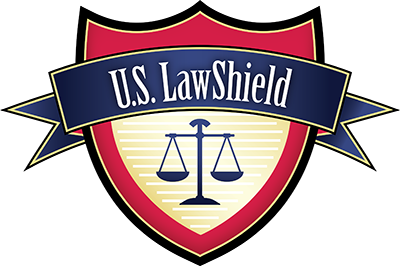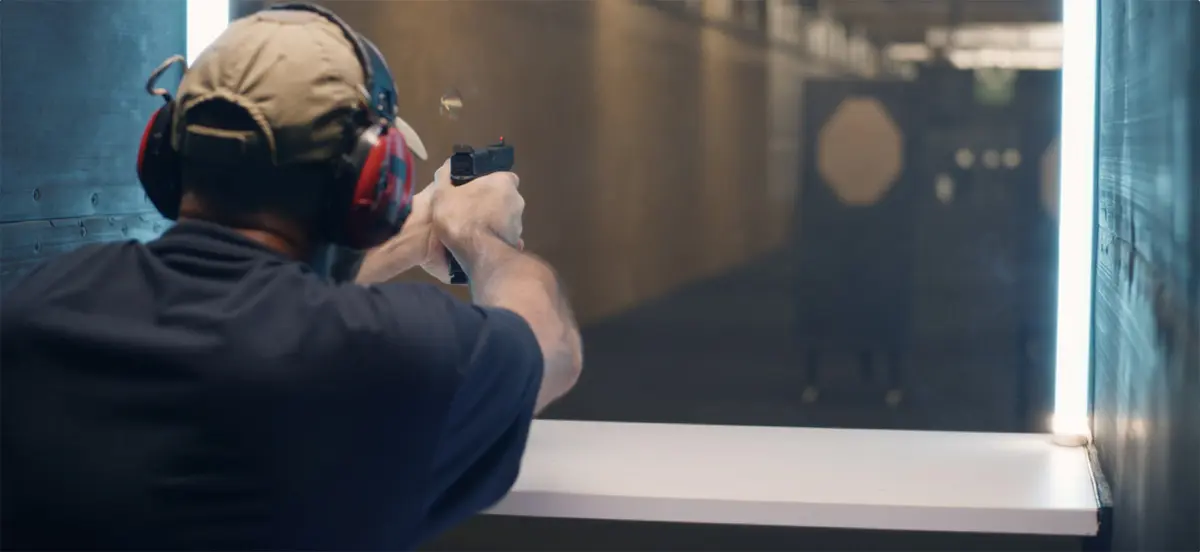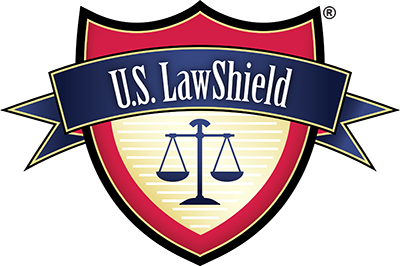Hi, I’m U.S. LawShield Independent Program Attorney Gilbert Ambler. Welcome to a world where the legal system treats you differently depending upon where you draw and even at times where you carry your firearm. We often hear people use the term “Castle Doctrine,” but do we know exactly what counts as our “castle” in Virginia?
What is the “Castle Doctrine”
In prior videos, we have discussed the fact that in Virginia, we do not have a codified Castle Doctrine. This means the legislature has never written a law giving you a presumption of the right to use deadly force against someone who unlawfully and forcibly enters into your home. However, even though the legislature has not written this into law, various courts have considered the concept of the Castle Doctrine on several separate occasions.
In part, the court’s discussion of the Castle Doctrine stands for the proposition that you can use some reasonable force to eject someone from your home, and may even use deadly force to protect yourself against someone who is making unlawful and forcible entry into your home.
One of the best explanations of the Castle Doctrine comes from a Virginia Supreme Court case called Fortune v. Commonwealth, which ironically did not involve an attack inside the home, but rather an attack that occurred right outside the home. The court in the Fortune case explains that “In the early times our forefathers were compelled to protect themselves in their habitations by converting them into holds of defense: and so the dwelling house was called the castle.” Therefore, the Fortune court defines your dwelling or your house where you reside as your “castle.”
The Fortune court further proclaimed that “One, in his own curtilage, who is free from fault in bringing on the combat, when attacked by another, has the same right of conduct, without any retreat, even to the taking of life, that one has when within his own home.” Unfortunately in this 1922 case, while we know that the killing occurred outside the home, we do not receive an analysis of where outside the home the killing occurred. The court merely states conclusively that “the accused was within his own curtilage in the instant case.”
What is “Curtilage”
So what is curtilage, and how far around your home does it extend? Black’s Law online dictionary defines curtilage as “The enclosed space of ground and buildings immediately surrounding a dwelling-house.”
A good explanation of curtilage is found in the case of Foley v. Commonwealth, a case which did not even involve the use of deadly force. Mr. Foley was convicted for unlawfully concealing a firearm. Foley did not have a concealed handgun permit, and was arrested for concealed carrying a firearm on his own property. In his defense, Foley raised Va. Code § 18.2-308b, which says that the prohibition on concealed carrying without a license or permit does not apply in your abode, or in your home, or in the curtilage thereof.
In analyzing how far the zone of curtilage extends beyond the home, the Court of Appeals of Virginia stated that the curtilage is the area immediately surrounding the home to which extends the intimate activity associated with the sanctity of a man’s home and the privacies of life.
The concept of the Castle Doctrine in Virginia says that you may be reasonable in using deadly force against someone who is in the area immediately outside your dwelling or who is attempting to make unauthorized and forcible entry into the dwelling. It is critical to remember that even in these situations, you are not really defending the house, but rather defending against the imminent threat of death or great bodily harm to those inside the home.
In essence, the concept of the Castle Doctrine in Virginia merely reinforces our basic justification standard for the use of deadly force. Virginia case law has not given us much in the way of analysis on other situations, such as whether a camper or a hotel room could constitute one’s castle in the context of self-defense. However, such analysis is largely unnecessary because in these situations, we can fall back on the normal justification standard for the use of deadly force.
According to Virginia Model Jury Instructions, the justification standard in Virginia says that one who is without fault in starting an altercation is not required to retreat and may use deadly force when he reasonably believes it is immediately necessary to prevent death or great bodily injury, and he uses no more force under the circumstances as they appeared to him than was reasonably necessary to protect against the perceived harm.
For further questions on what counts as a “castle” in the State of Virginia or other questions on self-defense, call U.S. LawShield and ask to speak with your Independent Program Attorney.
The preceding should not be construed as legal advice nor the creation of an attorney-client relationship. This is not an endorsement or solicitation for any service. Your situation may be different, so please contact your attorney regarding your specific circumstances. Because the laws, judges, juries, and prosecutors vary from location to location, similar or even identical facts and circumstances to those described in this presentation may result in significantly different legal outcomes. This presentation is by no means a guarantee or promise of any particular legal outcome, positive, negative, or otherwise.





Leave A Comment